These policies lay the foundation for Vietnam to build a competitive advantage in the region, providing technology businesses with a broad environment for innovation and development.
FPT Group Chairman Truong Gia Binh noted that the country's strength lies in its young, dynamic workforce with high qualifications in STEM fields. This potential has attracted corporations like Qualcomm and Samsung to invest hundreds of millions of dollars in research and development centers in Ho Chi Minh City and Hanoi. In addition, the technological infrastructure is also receiving significant investment, with over 70,000 5G base stations nationwide, making Vietnam a leading country in 5G application in Southeast Asia. Data centers are becoming increasingly numerous and modern, meeting international standards. The National Innovation Center (NIC) in Hanoi and the Center for the Fourth Industrial Revolution (C4IR) in Ho Chi Minh City are playing a crucial role in connecting scientists, businesses, and investors, promoting research and technology transfer in AI.
On the business side, major technology corporations such as FPT, Viettel , Vingroup, and VNPT are all investing heavily in AI, focusing on "Make in Vietnam" solutions for various fields: virtual assistants, healthcare, digital government, automation, and several AI products serving education. In addition, MoMo is deeply applying AI to financial services with technologies such as eKYC and facial recognition, personalizing user experiences and facilitating convenient and secure financial connections between schools and educational institutions.
According to a report by TopDev, the demand for AI personnel in Vietnam is growing by 30% annually. AWS research shows that the adoption rate of AI by Vietnamese businesses has increased by 39% compared to the same period last year. In 2024, approximately 47,000 businesses will have implemented AI solutions. In total, nearly 170,000 businesses will have applied AI. The participation of Vietnamese technology companies in developing AI products brings immense value, demonstrating their technological capabilities and competitiveness in the international market.
However, compared to other sectors, investment in AI for education remains modest and needs to be boosted. For AI to truly create a breakthrough in education, stronger commitment from the business sector and the government is required. One of the current challenges is that 74% of businesses use AI for basic purposes such as improving operational efficiency, not focusing on product innovation; 17% of businesses are at the intermediate stage, and 9% have undergone a complete transformation.
Specifically in the field of education, we need to move beyond superficial applications and develop in-depth AI solutions that address core issues such as teaching quality, equity in access to education, and the development of skills relevant to the digital age. To achieve this, we should have a clear strategy for investing in AI for education, transforming this sector into a bright spot of the technological revolution and contributing to training a generation of young people ready for the future.
Source: https://www.sggp.org.vn/tim-chien-strateg-dau-tu-trong-giao-duc-post819643.html




![[Photo] Explore the US Navy's USS Robert Smalls warship](/_next/image?url=https%3A%2F%2Fvphoto.vietnam.vn%2Fthumb%2F1200x675%2Fvietnam%2Fresource%2FIMAGE%2F2025%2F12%2F10%2F1765341533272_11212121-8303-jpg.webp&w=3840&q=75)



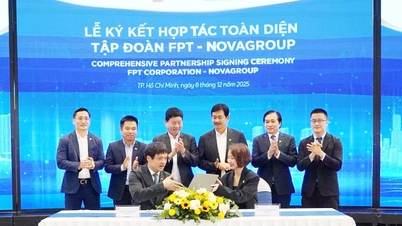





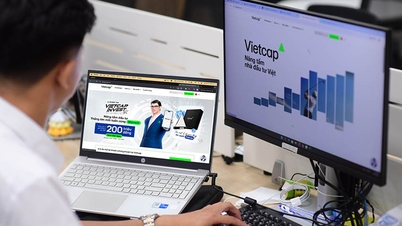




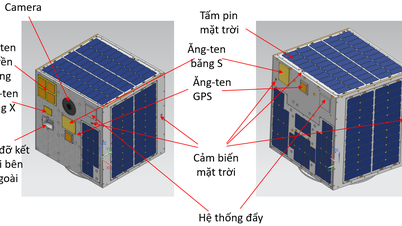



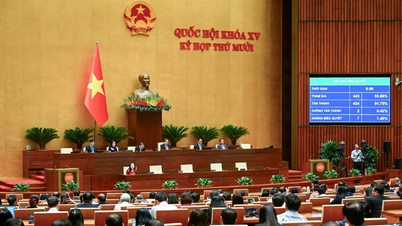



































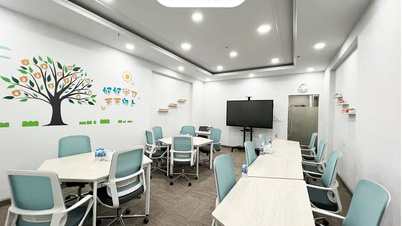

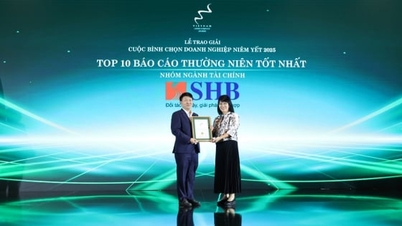



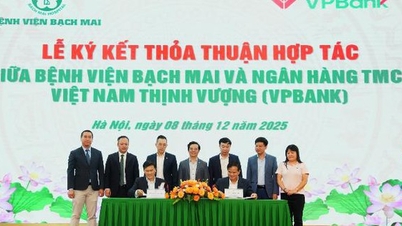

















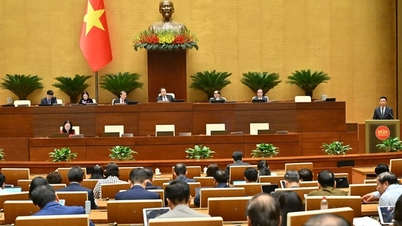

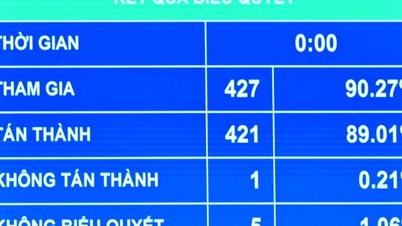




























Comment (0)